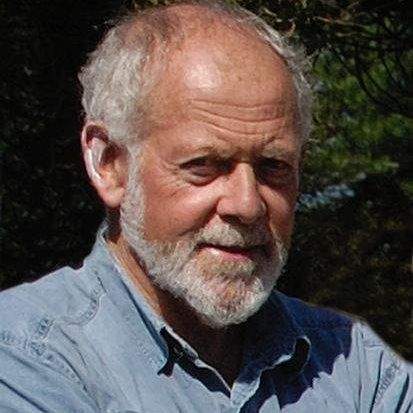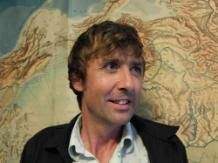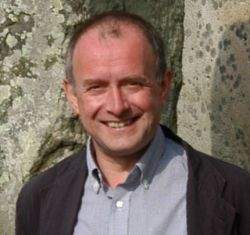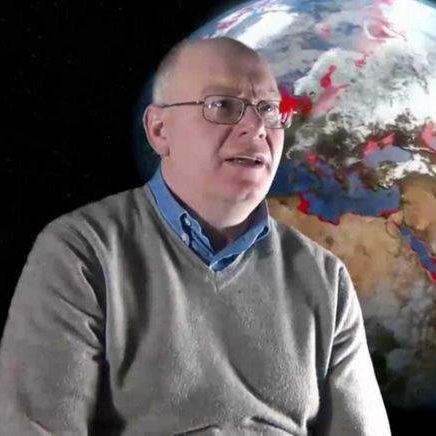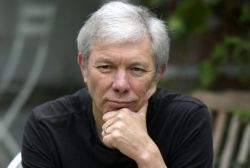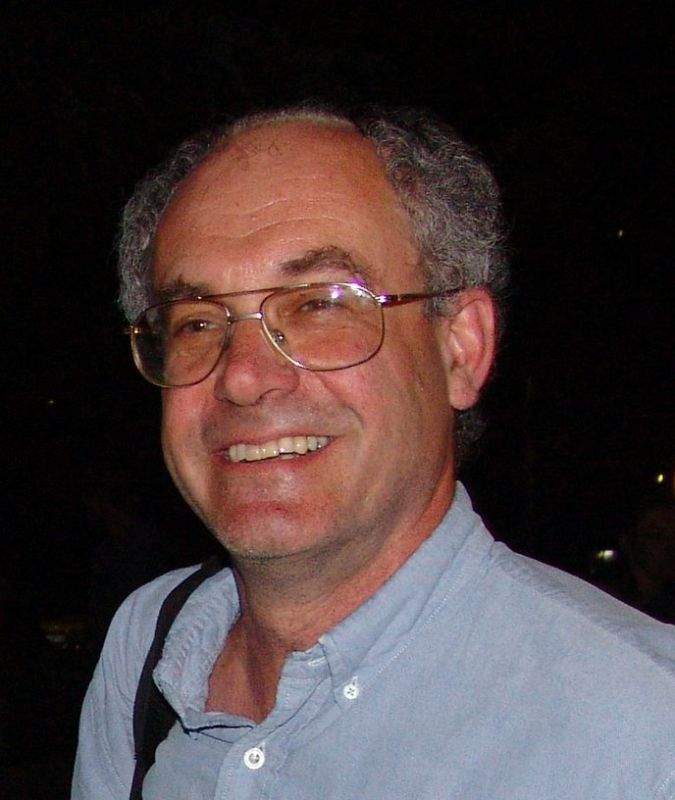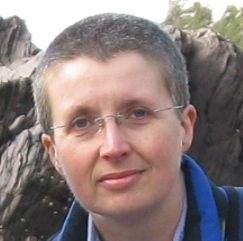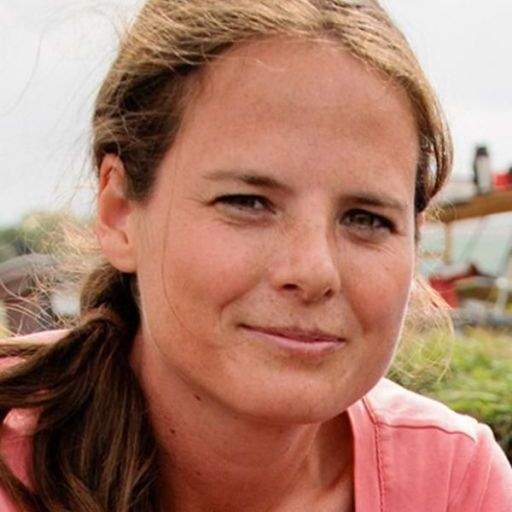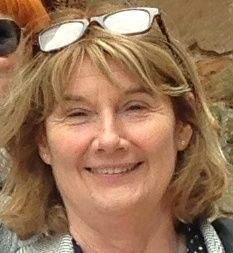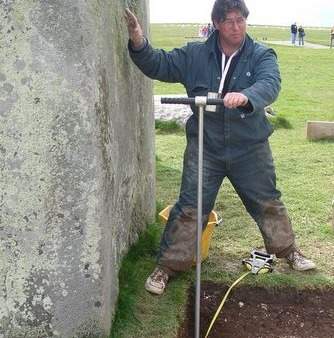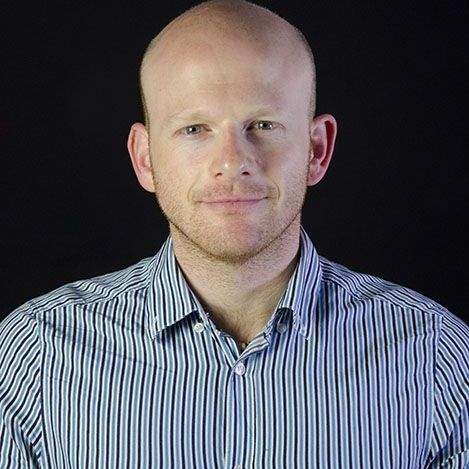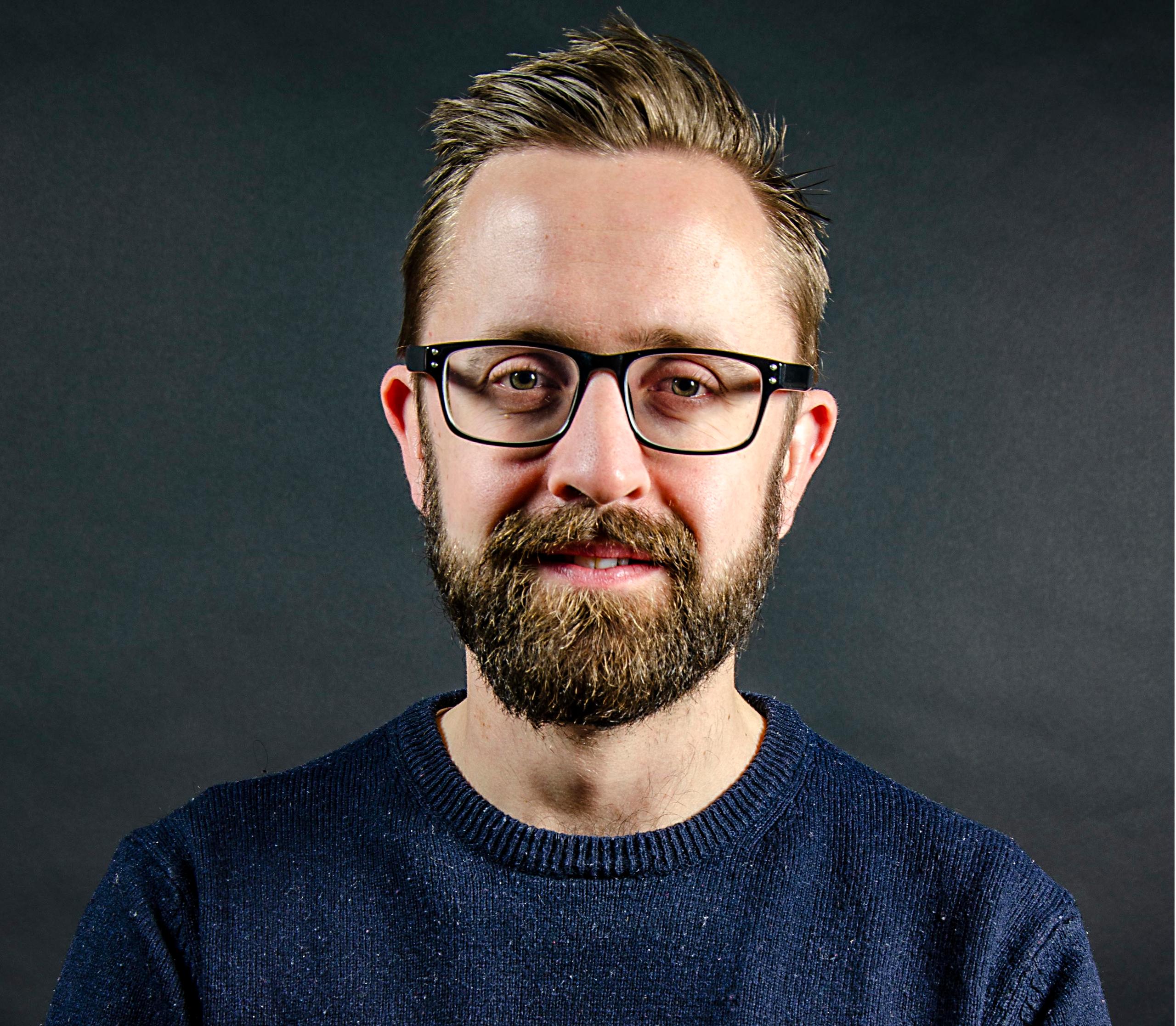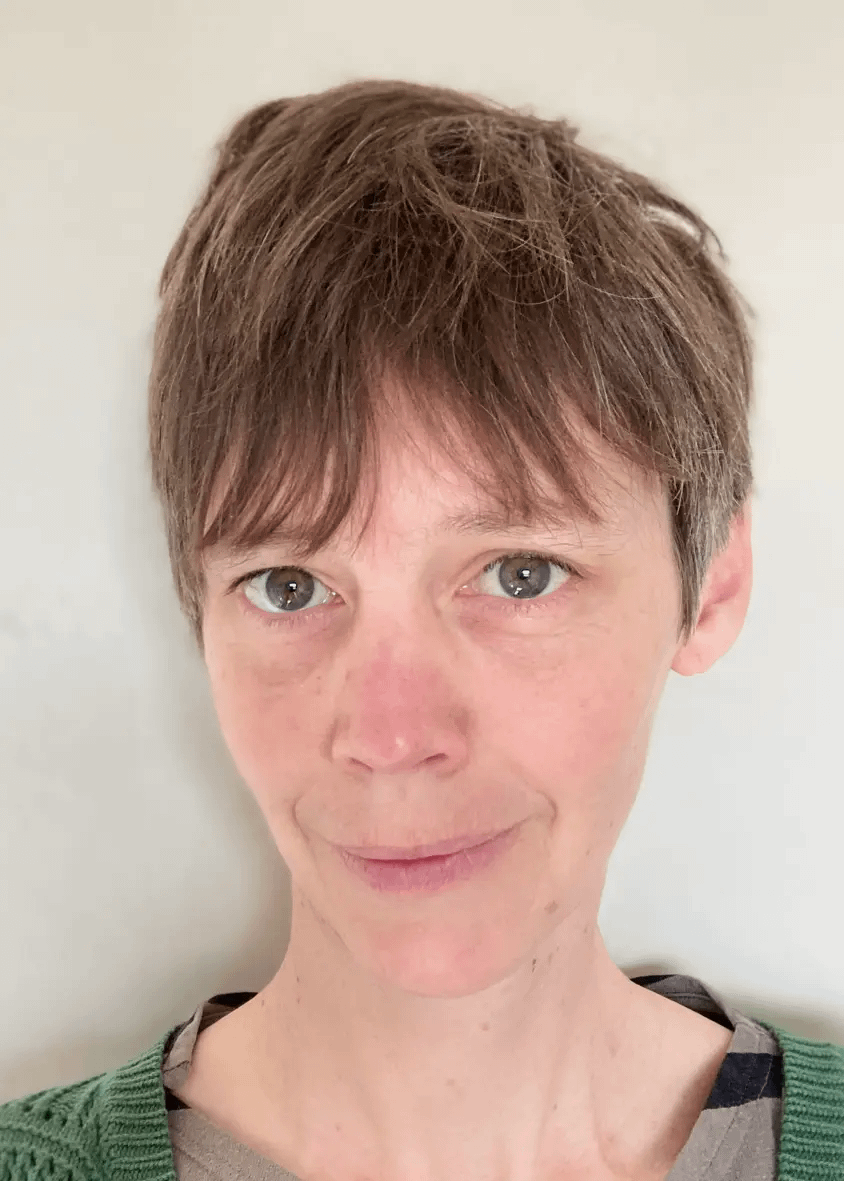Committee Members
Sir Barry taught archaeology at the Universities of Bristol and Southampton before becoming Professor of European Archaeology at the University of Oxford in 1972. He retired from that post in 2006. He has excavated widely in Britain (Fishbourne, Bath, Portchester Castle, Danebury, Hengistbury Head, etc) and in the Channel Islands, France and Spain. He has been a Trustee of the British Museum and a Commissioner of English Heritage and has written a number of books including Britain Begins, The Ancient Celts, By Steppe, Desert and Ocean and On the Ocean.
Oliver specialises in biomolecular archaeology, i.e. the recovery of proteins, lipids and DNA from ancient skeletal remains and archaeological artefacts to provide insights into past human activities. His research has focused on the analysis of materials from key prehistoric sites in the UK, Central and Eastern Europe and along the Atlantic, Baltic and Mediterranean coastline, including Stonehenge. Oliver directs the BioArCh research centre.
Mike is a Fellow of the British Academy who has written widely on many aspects of world archaeology. His interests include the archaeology of the Outer Hebrides, Madagascar and the prehistory of Europe, as well as the archaeology of death and burial. Since 2003 his research has focused on Stonehenge (as director of the Stonehenge Riverside Project, the Feeding Stonehenge Project and the Stones of Stonehenge Project), and on scientific analysis of Beaker-period burials.
Mike Pitts has directed excavations at both Stonehenge and Avebury, and is the author of Hengeworld and How to Build Stonehenge. After studying archaeology at University College London, he became curator of Avebury museum, and has lived in Wiltshire since 1979. For more than two decades he has worked as an award-winning freelance writer and broadcaster specialising in archaeology, while continuing to pursue original peer-reviewed research. He edited British Archaeology magazine for 20 years and Salon (the e-newsletter of the Society of Antiquaries of London) for five, and is a Fellow of the Society of Antiquaries and a former Member of the Chartered Institute for Archaeologists. He blogs at mikepitts.wordpress.com. He attends the Scientific Committee in a personal capacity.
Clive was editor-in-chief for the 3-volume Handbook of Archaeoastronomy and Ethnoastronomy, published in 2014, and has ongoing fieldwork and analysis projects in Hawai‘i, Peru and Europe. Clive has and is a leading figure in the joint initiative by the UNESCO World Heritage Centre and the International Astronomical Union working to recognise, protect, and promote the world's most important astronomical heritage sites, and editor/co-editor of two ICOMOS–IAU Thematic Studies on astronomical heritage. He is also a member of the Dark Skies Advisory Group (DSAG) of the International Union for the Conservation of Nature (IUCN).
Since joining the Trust in 2004 her focus has been on these landscapes, where she has co-directed a number of major fieldwork projects. In the two decades before that she excavated on sites across Britain and Europe - from Gloucestershire to the Czech Republic. Her research focuses on the Neolithic and Bronze Age, and conservation and archaeological practice in WHSs. A specialist in lithic analysis, she has a longstanding interest in how lithic scatters can inform our understanding of prehistoric landscape inhabitation. Nick is a Member of the Chartered Institute for Archaeologists.
Nicky's period of expertise spans from the Terminal Upper Palaeolithic at the end of the last Ice Age, through the Mesolithic and into the Early Neolithic, roughly 10,000BC-3500BC. She has co-directed excavations at the Mesolithic site of Howick in Northumberland, Mesolithic and Neolithic shell middens in Ireland, Terminal Upper Palaeolithic and Mesolithic sites on Flixton Island II and the Early Mesolithic site of Star Carr. She is also an expert in seasonality studies of oysters and has worked on shell midden sites in Denmark, Sweden, Scotland, Portugal and Spain. Large, open area excavations at Star Carr revealed new insights into hunter-gatherer lifeways in relation to dramatic changes in climate and environment. The research also provided important insights into the deterioration processes on wetland sites.
Heather Sebire is currently a Senior Historic Property Curator at English Heritage working with multi-period sites in the west territory including Stonehenge and Avebury. Heather was curator to the Stonehenge Environmental Improvements Project from 2010 and now curator of Stonehenge in general along with other English Heritage guardianship sites. In her professional role Heather makes use of archaeological archives and research reports to document how EH sites have been managed in the past which helps to inform current work. Current personal research interests include the legibility and life history of monuments, particularly addressing how monuments are presented to the public. Formerly States Archaeologist on Guernsey in the Channel Islands her doctoral research was in History of Archaeology placing the archive of the remarkable Lukis family of Guernsey in a European and International context.
David is a Former Senior Archaeological Investigator for English Heritage, and before it the Royal Commission on the Historical Monuments of England. Now retired but spent 30 years surveying and analysing monuments and archaeological landscapes within England and particularly within Wiltshire. This included intensive fieldwork in both halves of the Stonehenge and Avebury WHS, not least on the Stonehenge and Avebury monuments themselves, but also in the Pewsey Vale and the Military Training Area situated between them. Prior to retirement was involved in the English Heritage Stonehenge Landscape and Marden Henge Environs projects and still retains a keen and practical interest in Neolithic long barrows, quarries, flint mines and stone axe-heads, not to mention the chalk landscape in question.
Mike is an archaeological scientist, environmental archaeologist and geoarchaeologist and has specialised in the prehistoric land-use development of the southern chalklands (his PhD topic) for nearly 40 years. He is particularly known for his expertise in land snail analysis and landscape interpretation and reconstruction (editor of Molluscs in Archaeology, Oxbow 2017) and has undertaken land snail research on many archaeological sites from Yorkshire, to Wessex and Malta. He has worked in the Stonehenge landscape since 1983 and published work on snails, soils and the prehistoric landscapes in Stonehenge Environs Project (Richards 1990), Science and Stonehenge (Cunliffe & Renfrew 1990), Stonehenge in its Environs (Cleal et al. 1995), and has undertaken his own excavations (Amesbury 42 long barrow) and extensive research with the Stonehenge Riverside Project (Parker Pearson et al.), and the Stonehenge Hidden Landscape Project (Gaffney, Garwood, Smedt et al). Outside the Stonehenge area Mike has contributed to numerous monographs and research papers and after nearly 20 years with Wessex Archaeology has run his own consultancy, Allen Environmental Archaeology, for the last 10 years, and is a research fellow at Bournemouth University.
Andrew is a lead researcher on the 'In the Footsteps of Caesar’ project at Leicester University. The project was inspired by a discovery made in a road scheme when Andrew worked in commercial practice and was a Visiting Professor at Leicester. While working in practice Andrew led many major projects, including several highways ones. He has undertaken large-scale excavations near Amesbury, including the one in which the famous Bronze Age burial 'The Amesbury Archer' was found. His project teams were awarded the British Archaeological Award for the Best Project and the Current Archaeology Award for the Best Rescue Archaeology Project. He is a Fellow of the Society of Antiquaries of London and the Society of Antiquaries of Scotland and a Member of the Chartered Institute for Archaeologists.
Having retired as an Assistant Director of Research from the Department of Archaeology. Given his Materials Science (Ph.D. in Metallurgy) background, his research efforts have been in seeking to advance the application of physical science approaches in Archaeology. Was involved in early teaching of computing and the adoption of digital data management in general with the introduction of personal computing. Areas of particular interest have been the integration of geophysical techniques and new airborne remote sensing approaches to prospection and studying the landscape disposition of monuments. This included analysis of the airborne laser scanning (lidar) survey of the Stonehenge landscape - probably the first complete lidar survey of a World Heritage Site. Represents the Avebury and Stonehenge Archaeological Research Group (ASAHRG) on the Stonehenge and Avebury World Heritage Site Steering Committees and the WHS Partnership Panel.
Richard is an ostoearchaeologist who uses macroscopic,
microscopic and molecular methods in the analysis of animal and human
remains. In 2016 he completed a British Academy post-doctoral fellowship
that used multi-isotope analysis to explore the catchment of Late
Neolithic monuments in Wessex. He is currently PI of the AHRC-funded
FEASTNET project, which investigates feasting and mobility at the Bronze
Age-Iron Age transition in southern Britain.
David is a landscape archaeologist and excavation project manager with particular expertise in the Roman period and later prehistory. Amongst many other projects during his eight years of work at Historic England he directed an extensive programme of excavations south of the A303 focused on non-monumental Neolithic and Bronze Age archaeology, resulting in a series of publications on landscape, field systems, pits, farming and material culture. David has also excavated a wide range of Roman sites across Wessex following his PhD on human-environment interaction in Roman Wessex and Provence. Now Lecturer in Roman Archaeology at Cardiff University, David is a Fellow of the Society of Antiquaries and a Member of the Chartered Institute for Archaeologists.
Anwen Cooper is the lead investigator on the ‘Rewilding’ later prehistory project – a UKRI-funded Future Leader Fellowship based at Oxford Archaeology. Anwen’s research interests include later prehistoric Britain and Ireland, and interpretative approaches to landscape, material culture, and archaeological practice. She has worked across archaeology in Britain, as a field surveyor, a landscape-scale site director, and development control officer (1996-2006), and as a postdoctoral researcher on high-profile interdisciplinary projects at the Universities of Oxford, Manchester and Reading (2012-2022). Her PhD explored knowledge creation during a key phase in archaeology’s ‘professionalisation’ from 1970-2010. Most recently, she worked with a team at Cambridge Archaeological Unit, to bring to publication the spectacular Late Bronze Age pile-dwelling settlement at Must Farm, Cambridgeshire.
Tony specializes in geoarchaeology and palaeoecology involving the application of both geological methods and biological proxies such as analysis to understand archaeological sites and past lifeways. In particular he is working on the application of sediment ancient DNA in archaeology in The Artic, Boreal and Temperate Regions of Europe.
Historic England (HE) is the government’s statutory adviser on all matters relating to the historic environment, and is a statutory consultee on all Nationally Significant Infrastructure Projects. It advises the Department for Culture, Media and Sport, which acts on behalf of Government as State Party to the 1972 UNESCO World Heritage Convention, on meeting and complying with the requirements of the Convention. In addition to its statutory role in relation to designated heritage assets, Historic England advises Wiltshire Council in relation to archaeological works for the entire scheme. Historic England is also a member of the Heritage Monitoring and Advisory Group (HMAG) and provides advice with regard to the impact on the historic environment, including in relation to the World Heritage Site, of the project’s design, assessment, implementation and mitigation.
